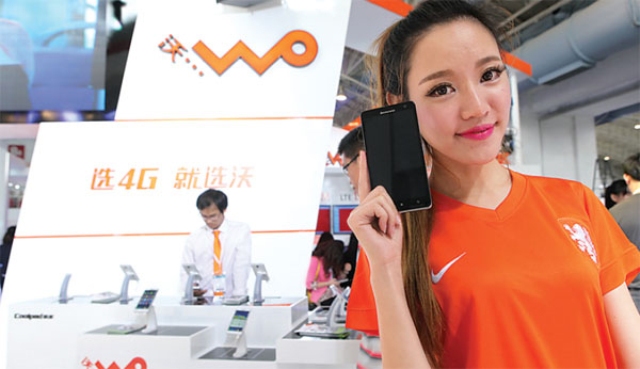ZTE announced that China Unicom has made the world’s first 5G call in the NSA mode using ZTE’s 5G prototype smartphone in Shenzhen 5G field trial.

The 5G test also completed the verification of diverse services, such as Wechat group voice call, online video and web browsing.
Shenzhen, one of the first 5G pilot cities of China Unicom, is fully verifying the 5G network equipment’s networking capabilities, special services, roaming and interconnection, and the inheritance of existing services in phases.
The test adopts ZTE’s 5G end-to-end solution, including radio access network, core network, transport network and intelligent device, realizing the connection with ZTE’s 5G prototype smartphone in the field environment.
The test has verified several 5G key technologies such as Massive MIMO, 5G NR, NSA dual connectivity, FlexE transport technology and 5G Common Core.
ZTE innovation in 5G
ZTE said its 5G high/low frequency AAU has passed the national 5G test in China, and has been applied in 5G tests by operators around the world.
The ZTE 5G low-frequency AAU created a record of the peak throughput in a single cell, reaching 19 Gbps, in the low-frequency eMBB test scenario during the national 5G tests in China.
The ZTE high-frequency AAU is the smallest high-power AAU in the industry. Its compact and easy-to-install design made ZTE the first to complete the 5G tests at the high frequency of 26 GHz in China.
ZTE at MWC 2018 released the first NG BBU in the industry. ZTE NG BBU is compatible with 2G, 3G, 4G, and 5G, and supports C-RANs, D-RANs, and 5G CUs/DUs. It has multiple interfaces and supports pre-maintenance.
ZTE said the NG BBU–based 4G/5G hybrid network and multi-mode network help mobile operators flexibly deploy vertical services and achieve multi-scenario deployments, thereby accelerating network deployment and optimization while reducing TCO.
The industry’s first dual-mode dual-frequency 4G/5G RRU, released by ZTE, supports 4G single-mode, 5G single-mode and 4G/5G convergence, reducing the fiber rental costs by 75 percent and significantly cutting operators’ TCO without affecting the transmission of big data.





